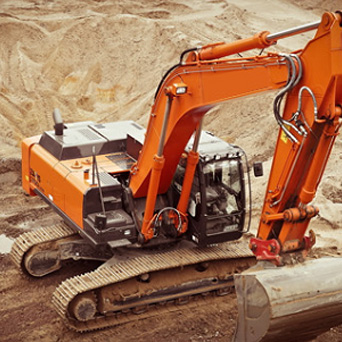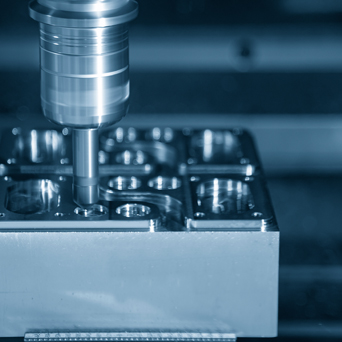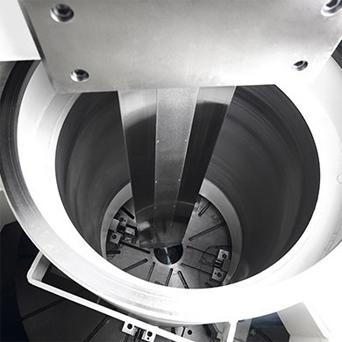Common Faults and Classifications of CNC Machine Tools
Ⅰ. Classification according to the location of CNC machine tool failure
1. Host failure
The host of a CNC machine tool usually refers to the machinery, lubrication, cooling, chip removal, hydraulic, pneumatic, and protective parts of the CNC machine tool. The main common faults of the host are:
(1) Mechanical transmission failure caused by mechanical parts installation, debugging, improper operation and use, etc.
(2) Failures caused by interference of moving parts such as guide rails, spindles, and excessive friction.
(3) Failures caused by damage to mechanical parts, poor connections, etc.
The main engine failure mainly manifests itself as large transmission noise, poor processing accuracy, large running resistance, failure of mechanical parts to move, damage to mechanical parts, etc. Poor lubrication, pipeline blockage and poor sealing of hydraulic and pneumatic systems are common causes of host failures. Regular maintenance, maintenance, control and eradication of the "three leaks" phenomenon of CNC machine tools are important measures to reduce the failure of the host computer.
2. Electrical control system failure
According to common habits, the faults of the electrical control system of CNC machine tools are usually divided into two categories: "weak current" faults and "strong current" faults.
The "weak current" part refers to the main control part of the control system with electronic components and integrated circuits. The weak current part of CNC machine tools includes CNC, PLC, MDI/CRT, servo drive unit, output unit, etc.
"Weak current" failures are divided into hardware failures and software failures. Hardware failures refer to the failures of the above-mentioned parts of the integrated circuit chip, discrete electronic components, connectors, and external connection components. Software faults refer to faults such as action errors and data loss that occur under normal hardware conditions. And common ones are processing program error, system program and parameter change or loss, computer calculation error, etc.
The "strong current" part refers to the main circuit in the control system or the relays, contactors, switches, fuses, power transformers, motors, electromagnets, limit switches and other electrical components in the main circuit of the control system or high-voltage and high-power circuits and the control circuit composed of them. Although this part of the fault is more convenient to repair and diagnose, because it is in a high-voltage and high-current working state, the probability of failure is higher than the "weak current" part, and it must be paid attention to by maintenance personnel.
Ⅱ. According to the nature of CNC machine tool failure classification
1. Deterministic failure: Deterministic failure is the hardware damage in the host computer of the index-controlled machine tool control system, or a failure that will inevitably occur as long as certain conditions are met. This kind of failure phenomenon is common on CNC machine tools, but because it has certain rules, it also brings convenience to maintenance. Deterministic faults are unrecoverable. Once a fault occurs, the machine tool will not automatically return to normal if it is not repaired, but as long as the root cause of the fault is found, the machine tool can immediately return to normal after the repair is completed. Correct use and careful maintenance are important measures to prevent or avoid failures.
2. Random failures: Random failures are accidental failures of exponential-controlled machine tools during the working process. The causes of such failures are relatively hidden and it is difficult to find out its regularity, so it is often called "soft failures" and random failures. Cause analysis and fault diagnosis are difficult. Generally speaking, the occurrence of faults is often related to the installation quality of components, parameter settings, component quality, imperfect software design, and the influence of the working environment.
Random failures are recoverable. After a failure occurs, the machine tool can usually be restored to normal by restarting and other measures, but the same failure may occur during operation. Strengthening the maintenance and inspection of the CNC system, ensuring the sealing of the electrical box, reliable installation, connection, and correct grounding and shielding are important measures to reduce and avoid such failures.
Ⅲ. According to the reasons for the failure of CNC machine tools
1. Failures of CNC machine tools: This type of failure is caused by the CNC machine tool itself and has nothing to do with the external environment. Most of the failures of CNC machine tools belong to this type of failure.
2. External failure of CNC machine tool: This type of failure is caused by external reasons. The power supply voltage is too low, too high, and the fluctuation is too large; the phase sequence of the power supply is incorrect or the three-phase input voltage is unbalanced; the ambient temperature is too high; harmful gas, moisture, dust, etc. enter; external vibration and interference are all causes of the failure.
-
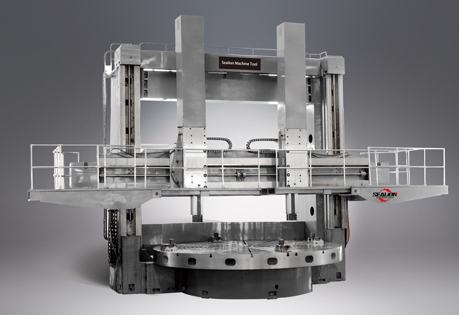
What are the Requirements for CNC Machining Center Machine Tools in Mold Processing
What are the requirements for CNC machining center machine tools in mold processing? This paper analyzes the particularity of mold processing, and then puts forward some requirements for the performan... -
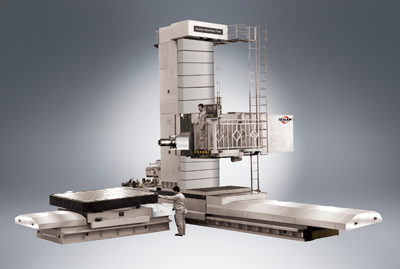
The Structure and the Function of the CNC Milling Machine
The CNC milling machine has multiple functions of a milling machine, a boring machine, and a drilling machine, so its process is highly concentrated. When the workpiece is replaced, only the processin... -
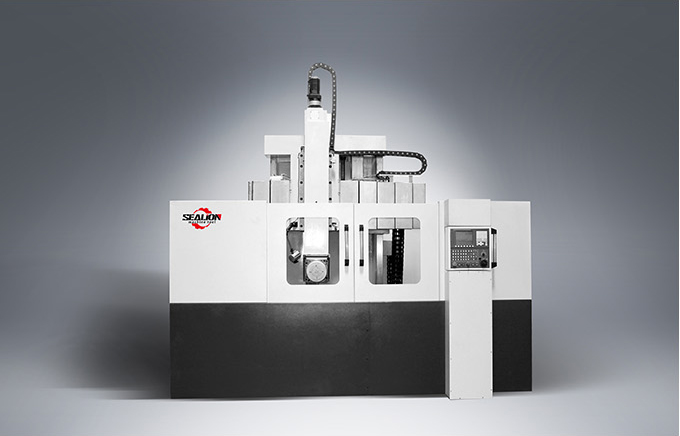
What Machining Center is Good for Machining Box Parts?
The commonly processed box-type parts generally include the engine cylinder on the automobile, the transmission gearbox, and the transmission gearbox. The following pictures are all parts of the box t...


